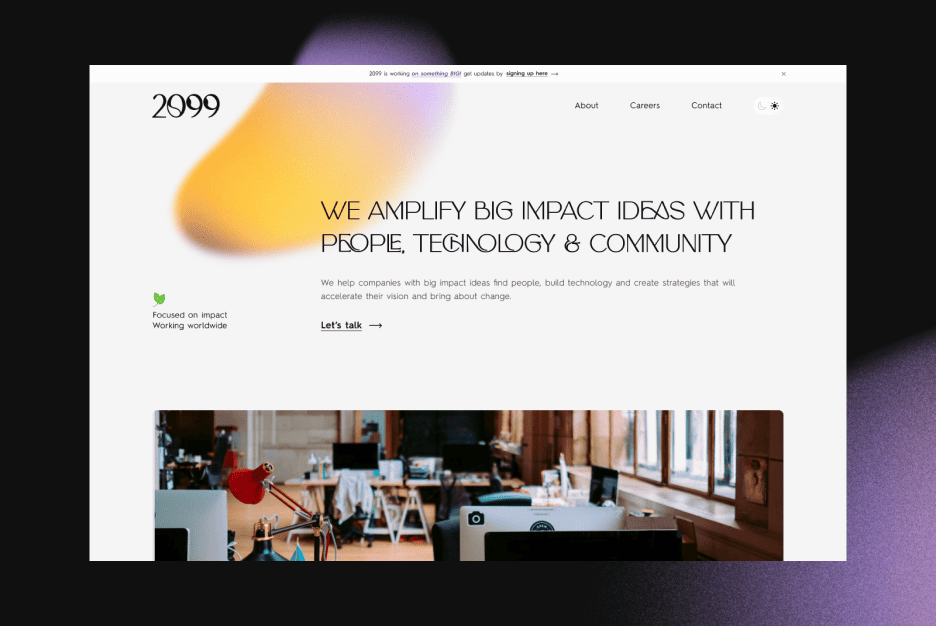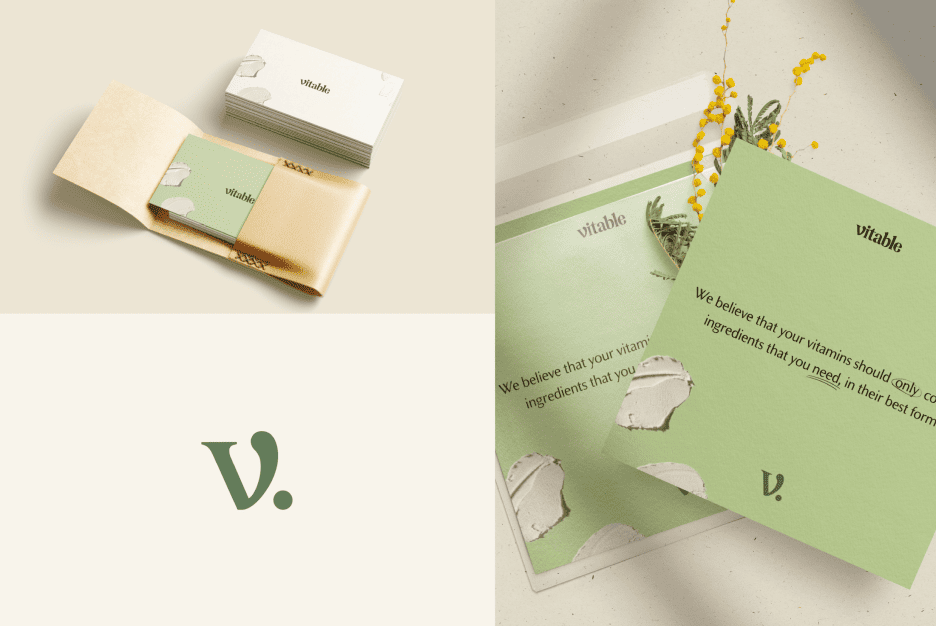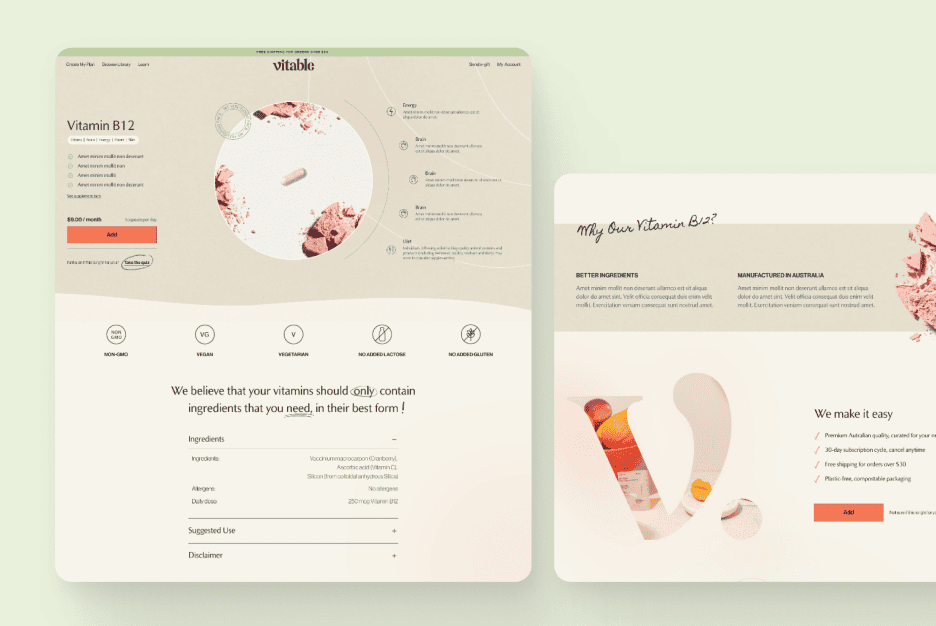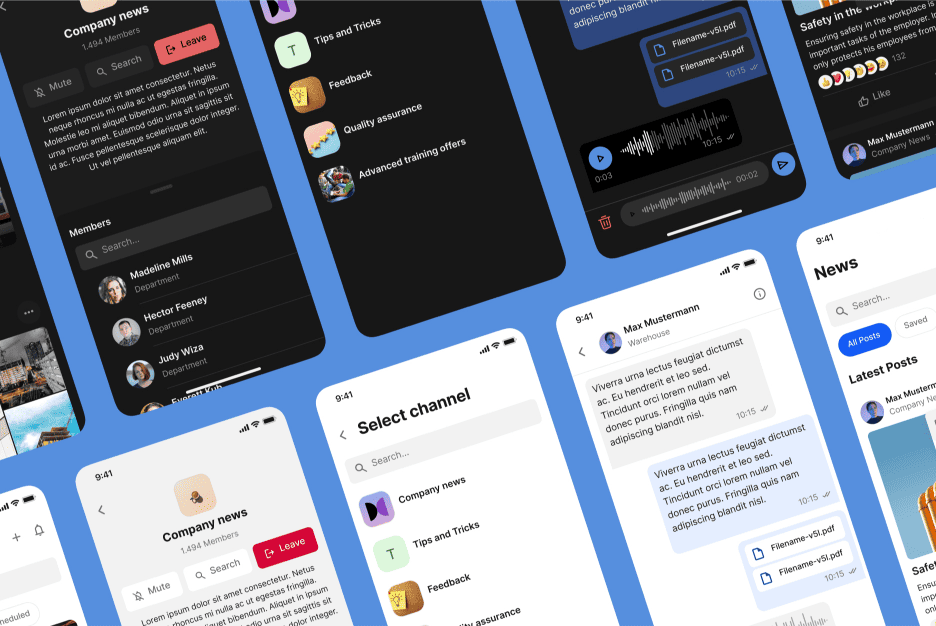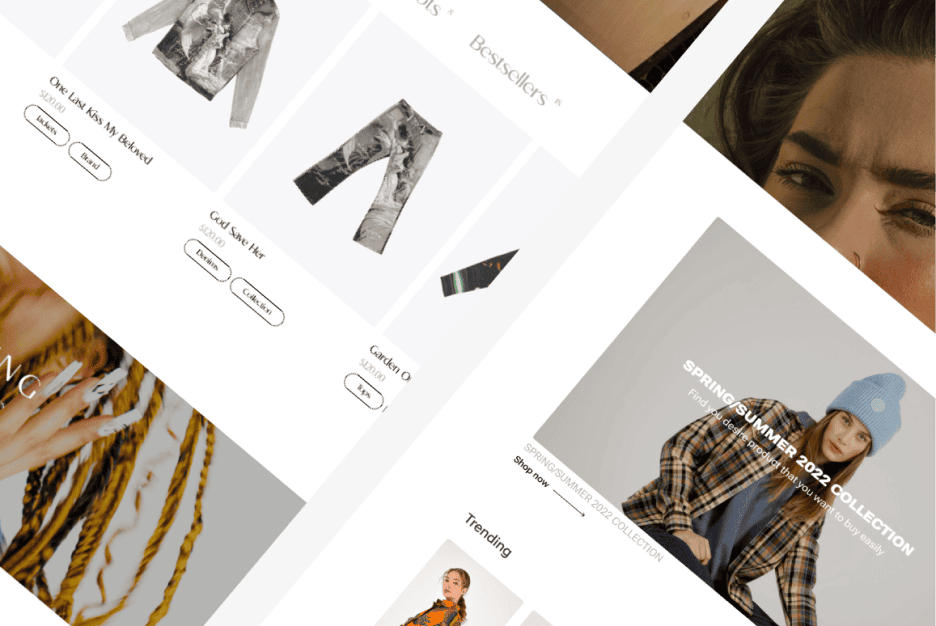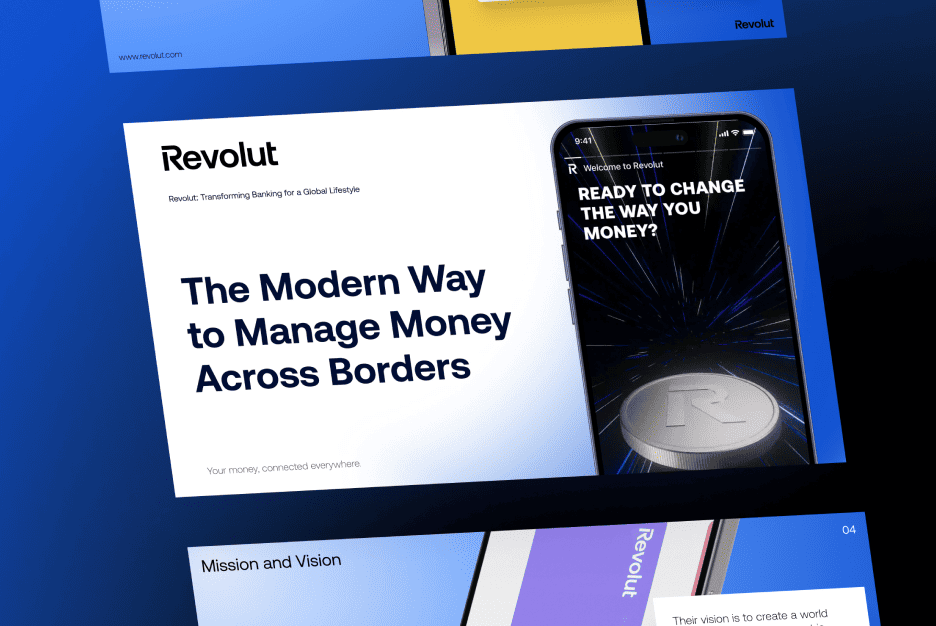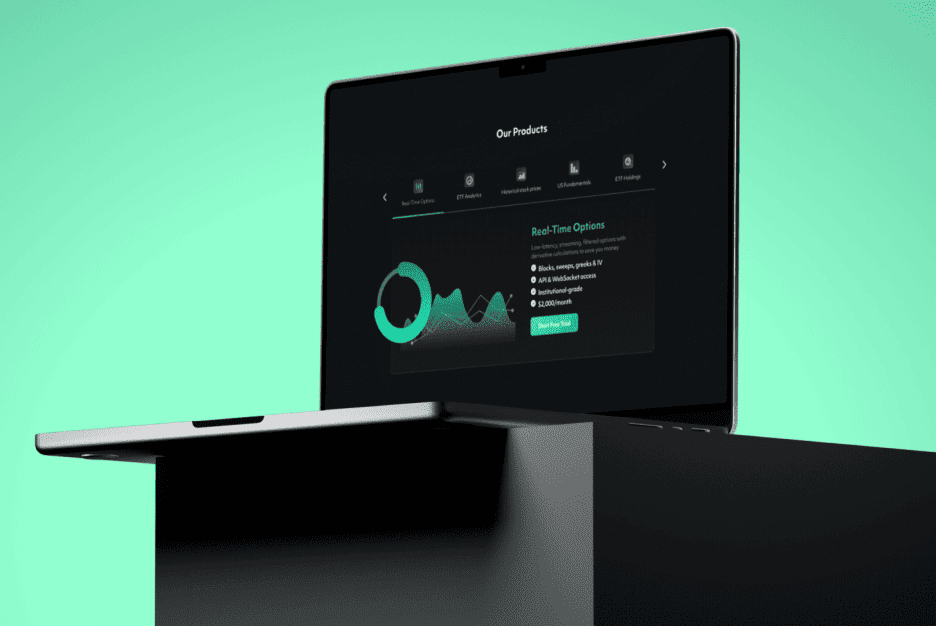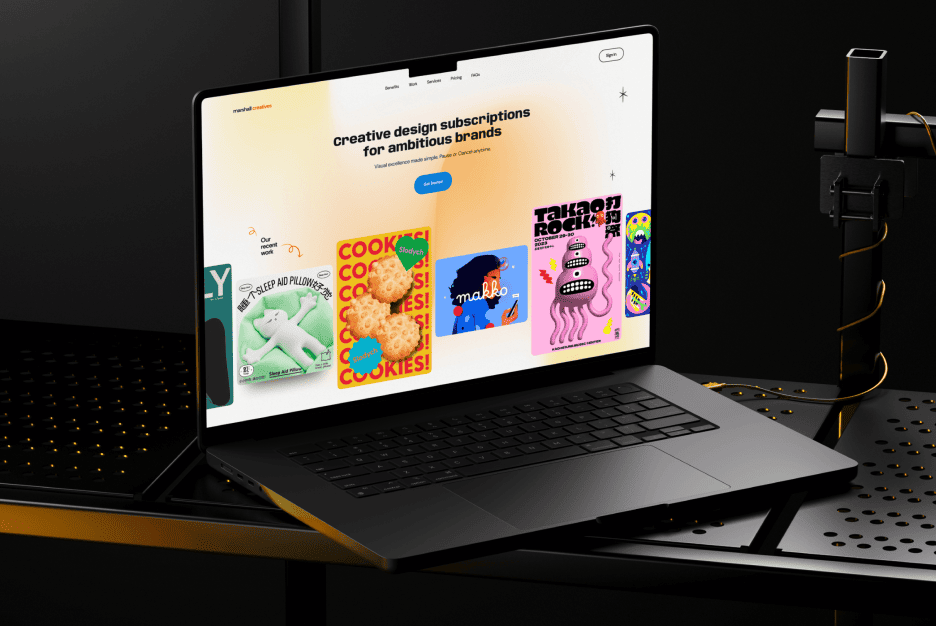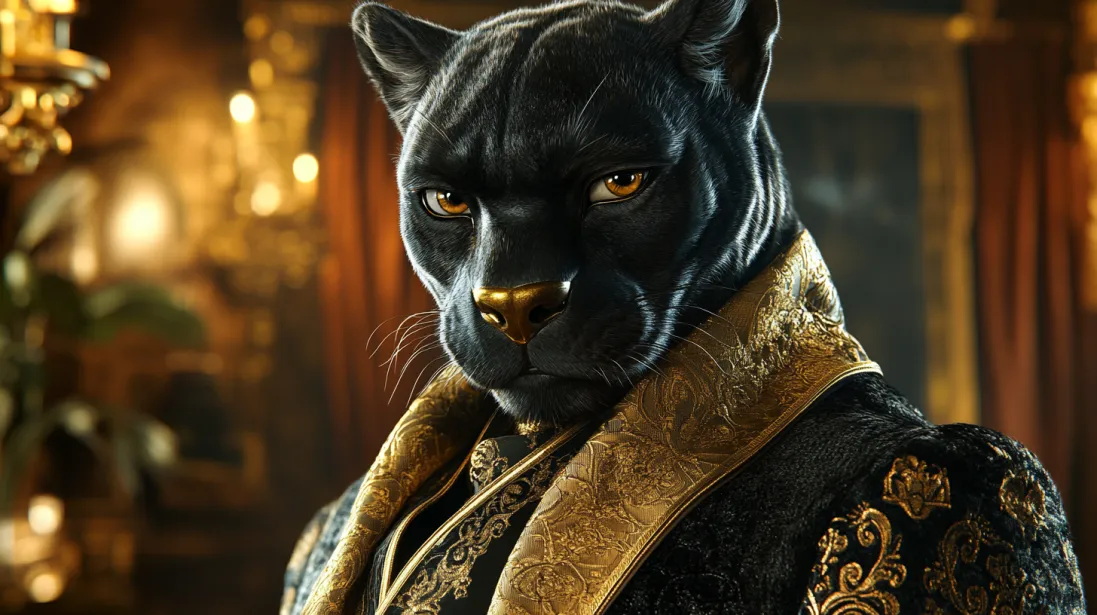Introduction: Why Mascots Are More Than Just Cute Characters
In the modern digital landscape, where brands compete fiercely for attention, having a distinctive and recognizable brand identity is crucial. While logos, typography, and color schemes play a major role in branding, mascots add an emotional dimension that static visual elements cannot achieve.
Mascots aren’t just for sports teams or kids’ brands—they are powerful marketing tools that enhance brand recall, engagement, and emotional connection. Companies like Michelin, Kellogg’s, and Geico have successfully used mascots to create memorable brand personas that resonate with audiences for decades.
But what makes a mascot truly effective? And how can businesses design, integrate, and optimize a mascot to maximize branding success? In this comprehensive guide, we’ll explore:
- The psychological impact of mascots on brand perception
- Key steps to designing a mascot that aligns with your brand
- Strategies to incorporate mascots into digital and traditional marketing
- Common mistakes to avoid in mascot branding
By the end of this article, you’ll understand why a well-crafted mascot isn’t just a decorative element—it’s a strategic branding asset that can elevate your brand to new heights.
The Psychology of Mascots: Why They Work
To understand why mascots are so effective, we need to look at the psychological principles behind their impact on branding.
1.1. Emotional Connection and Brand Affinity
Humans are wired to connect with faces, characters, and storytelling. Mascots function as brand representatives, offering a sense of familiarity and personality that makes brands feel more relatable.
Research shows that brands using mascots create a 41% stronger emotional connection with customers than those relying solely on traditional branding elements【source】.
Take, for example, Tony the Tiger (Kellogg’s Frosted Flakes)—his friendly, confident personality embodies the brand’s message of energy and enthusiasm, making him more than just a cereal box decoration—he’s a brand ambassador.
1.2. Increased Brand Recall and Recognition
A well-designed mascot becomes a visual anchor for a brand. Unlike logos, which rely on typography and symbols, mascots add a layer of character-based recognition that makes them easier to remember.
For example, the Michelin Man has been around since 1894, consistently reinforcing the Michelin brand’s association with durability and reliability. Even with minimal branding, audiences instantly recognize him.
1.3. Storytelling and Engagement
Mascots allow brands to build narratives around their products or services. A well-crafted brand story strengthens customer engagement and fosters long-term loyalty.
Example: The Aflac Duck was introduced in 1999 to reinforce the company’s name pronunciation. Today, the duck is synonymous with Aflac, making the brand instantly recognizable even outside its core industry.
Creating a Mascot That Aligns with Your Brand
A successful mascot doesn’t just look good—it embodies your brand’s values, voice, and mission.
2.1. Defining Your Brand’s Personality
Before diving into design, clarify:
- What emotions should your brand evoke? (Trust, excitement, playfulness, professionalism?)
- What personality traits define your business? (Bold, caring, innovative, fun?)
- Who is your target audience? (Children, professionals, general consumers?)
Example: A fintech brand might opt for a sleek, minimalist AI-driven character, while a food brand might benefit from a warm, animated character with expressive features.
2.2. Choosing the Right Mascot Type
Not all mascots are created equal. Depending on your industry and brand tone, you may opt for:
- Human Characters (Colonel Sanders for KFC – a recognizable persona reinforcing expertise)
- Animal Mascots (Tony the Tiger – energy and excitement)
- Abstract Figures (Michelin Man – imaginative and friendly)
- Tech-Based Mascots (Siri’s voice assistant – intelligent and futuristic)
2.3. Keeping the Design Simple & Scalable
A complex mascot might look great in high-resolution, but will it work in small digital ads? Your mascot should:
- Be recognizable in different sizes (billboards, websites, packaging)
- Be adaptable for animation and interaction (GIFs, stickers, videos)
- Have a distinct color palette to enhance brand recall
External Source: Read more on Mastering Mascot Branding for Your Business
Integrating Your Mascot Into Branding & Marketing
Once your mascot is designed, it needs consistent and strategic placement to maximize its impact.
3.1. Website & Digital Presence
Your mascot should appear in multiple touchpoints across your website:
- Homepage visuals and hero banners
- Micro-interactions (loading animations, chatbot assistants)
- Blog and content sections to add personality
Example: Duolingo’s owl engages users through pop-up reminders, reinforcing brand interaction.
3.2. Social Media & Advertising
Brands can leverage mascots across digital platforms through:
- Short-form video content (TikTok, Instagram Reels)
- Branded GIFs and stickers
- Interactive chatbots and virtual assistants
The more interactive your mascot, the stronger the engagement.
3.3. Packaging, Merchandise & Sponsorships
Mascots can extend beyond digital marketing into physical branding elements:
- Packaging design featuring the mascot
- Branded merchandise (t-shirts, plush toys)
- Event appearances and influencer collaborations
Example: The GEICO Gecko appears in live events, reinforcing brand awareness beyond TV commercials.
Common Mascot Branding Mistakes to Avoid
Even established brands make errors when implementing mascots. Some common pitfalls include:
4.1. Lack of Consistency
Changing a mascot’s design or personality too often confuses audiences. Brands should maintain a consistent character identity across all marketing materials.
4.2. Failing to Adapt for Cultural Sensitivity
Some mascots unintentionally alienate certain demographics. Always test mascot designs with diverse focus groups.
4.3. Ignoring Your Audience’s Preferences
A mascot that appeals to children may not work for a B2B software brand. Brands must align their mascot’s style and messaging with their target market.
Also you can read more here Common Mistakes to Avoid When Creating a Mascot Logo
Conclusion: Should Your Brand Invest in a Mascot?
Mascots are more than just fun characters—they are branding powerhouses that drive recognition, emotional connection, and customer loyalty. A well-designed mascot can transform brand perception, increase engagement, and solidify your position in a competitive market.
If your business seeks to create a long-lasting, memorable brand identity, investing in a mascot may be the missing piece of your branding strategy.
Want to develop a custom mascot for your brand? Let’s create something unforgettable together! Let’s Talk.
Check Out Our Portfolio on Behance: Almax Design Work
Recommended Reading:
📖 Want to improve your brand’s visual identity? Read Why Color Choices Matter in Design.
📢 Building a strong online presence? Check out Choosing the Right Web Design Agency.
🚀 Boost engagement with digital branding strategies! Learn more in The Future of Social Media Design Trends.
